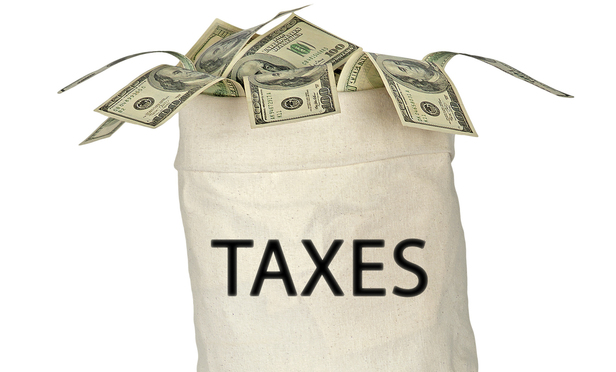As the recovery of the U.S. economy drags on, and the federal budget is strained, the pressure on the Internal Revenue Service to increase revenue is mounting. One way for the IRS to increase revenue is to encourage tax compliance so that taxpayers voluntarily and timely pay a larger portion of their tax liability. Since 2001, the national tax compliance rate has remained steady at about 83 percent. As part of its push to increase compliance, the IRS recently focused its attention on the issue of worker classification. The determination of whether a worker is an employee or an independent contractor has significant tax implications as well as other financial implications for the parties involved. For example, an employee may be entitled to workers’ compensation and health, retirement and unemployment benefits, while an independent contractor is not.
The Treasury Inspector General for Tax Administration (TIGTA) recently issued a report that evaluated whether the IRS’s Determination of Worker Status Program (the SS-8 Program) was effectively processing worker classification requests and, more importantly, whether the subsequent worker classification rulings issued by the program were being followed. This TIGTA report found that a significant percentage of businesses that received worker classification rulings did not comply with the determinations. Based on this finding, the IRS agreed to review its internal procedures for the SS-8 Program with the ultimate goal of increasing business compliance with worker classification rulings. The end result of such review will likely translate into additional formal audits of businesses that receive worker classification rulings.



